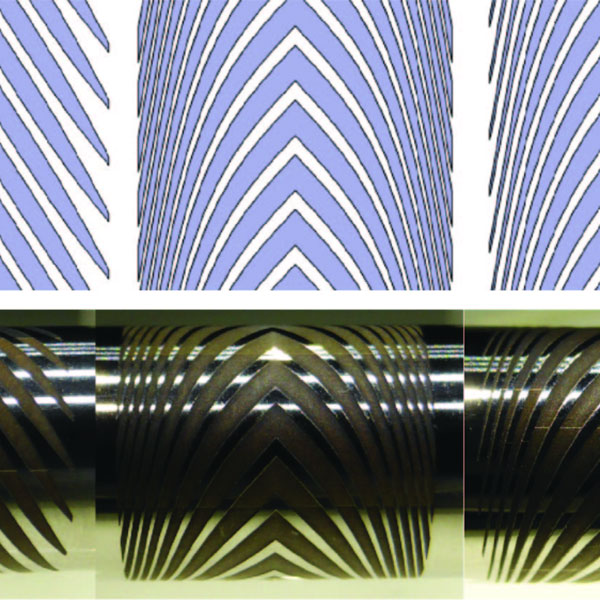Optimising uncertain processes
How can a company achieve optimum production despite uncertain parameters? A new algorithm promises solutions.

Optimising production is bound up with uncertainties. But new software can help overcome them. | Fotolia/industrieblick
In order to optimise a production plant that comprises hundreds of machines, a management team has to evaluate a large number of possible scenarios in a short space of time. The size of the company’s order book can vary as much as the costs of raw materials. Machines can break, and tiny imponderabilities can suddenly build up into huge problems. Now a research team led by Maryam Kamgarpour at ETH Zurich has developed an algorithm that can find the most economical solution in a shorter space of time. “The processes that we’re optimising are bound up with major uncertainties”, says Damian Frick, a doctoral student at the Automatic Control Laboratory of ETH Zurich. “Our algorithm uses the structure of a problem to construct a simpler optimisation problem”. His approach is at present at least twice as quick as currently available solutions, although its analyses offer the same degree of validity.
The researchers can analyse the statistical characteristics of different scenarios, and filter out all the uncertain parameters that have rarely or never occurred in a company in the past. The result is a so-called scenario program. In mathematical terms, the number of possible constraints that must be computed in any specific scenario is reduced. This is to shorten the computing time. The limitations of an optimisation problem cannot be increased arbitrarily because this would result in a reduction in the explanatory power of the analysis. However, it could be possible to gather together these outlying constraints in a concrete scenario. If chosen carefully, they become less complex and can be evaluated more quickly. The final, overall result would be a production plan that enables a manager to fulfil client needs in the most cost-effective manner possible.




